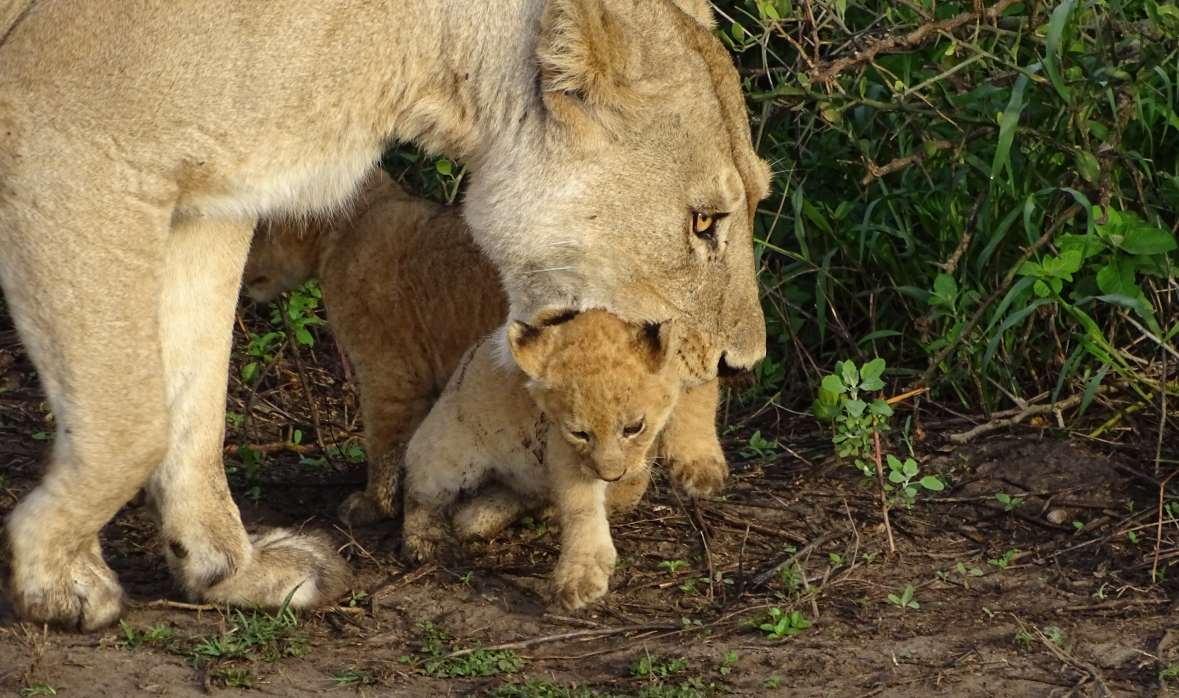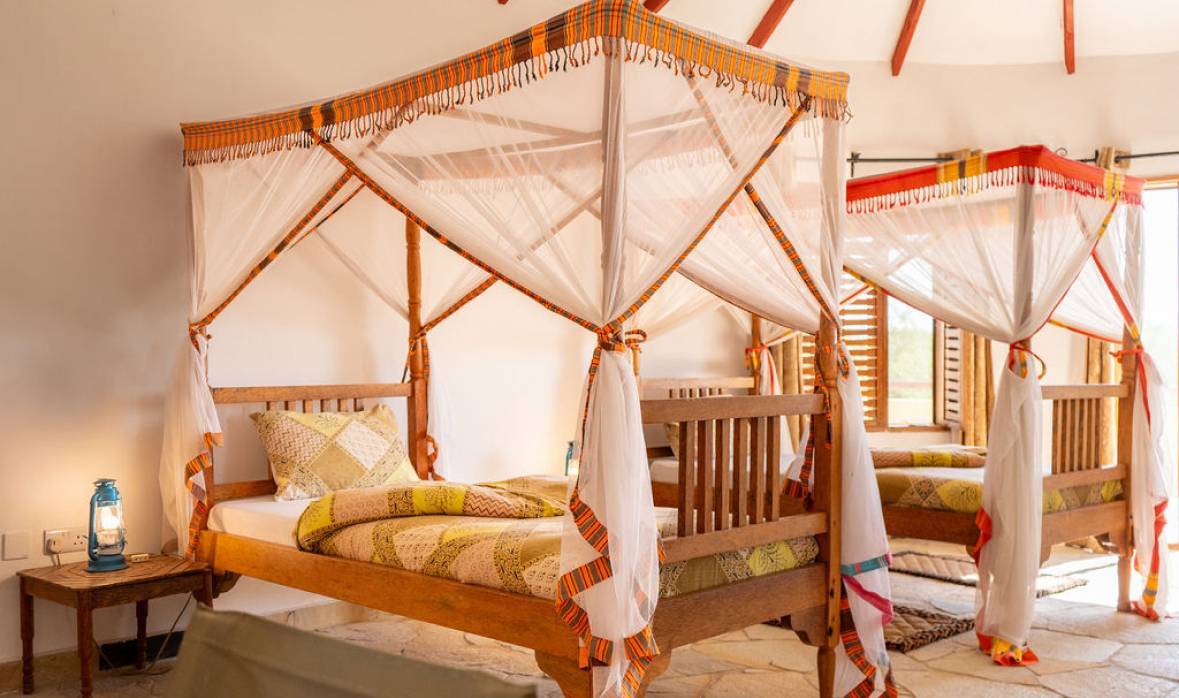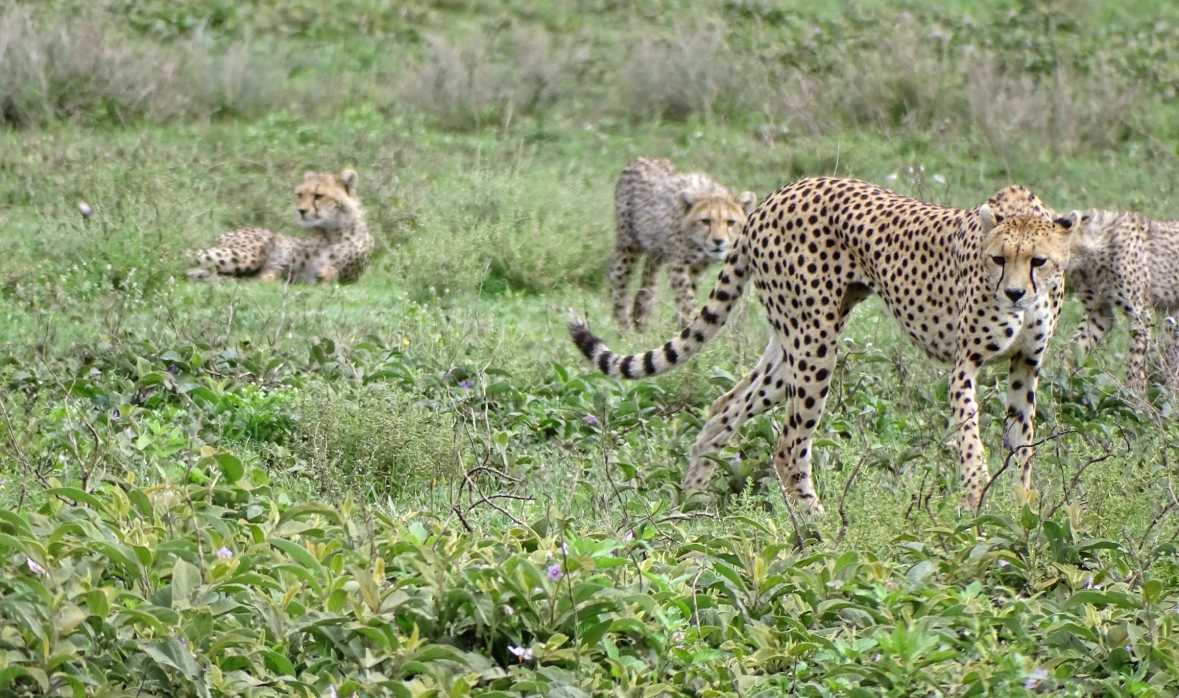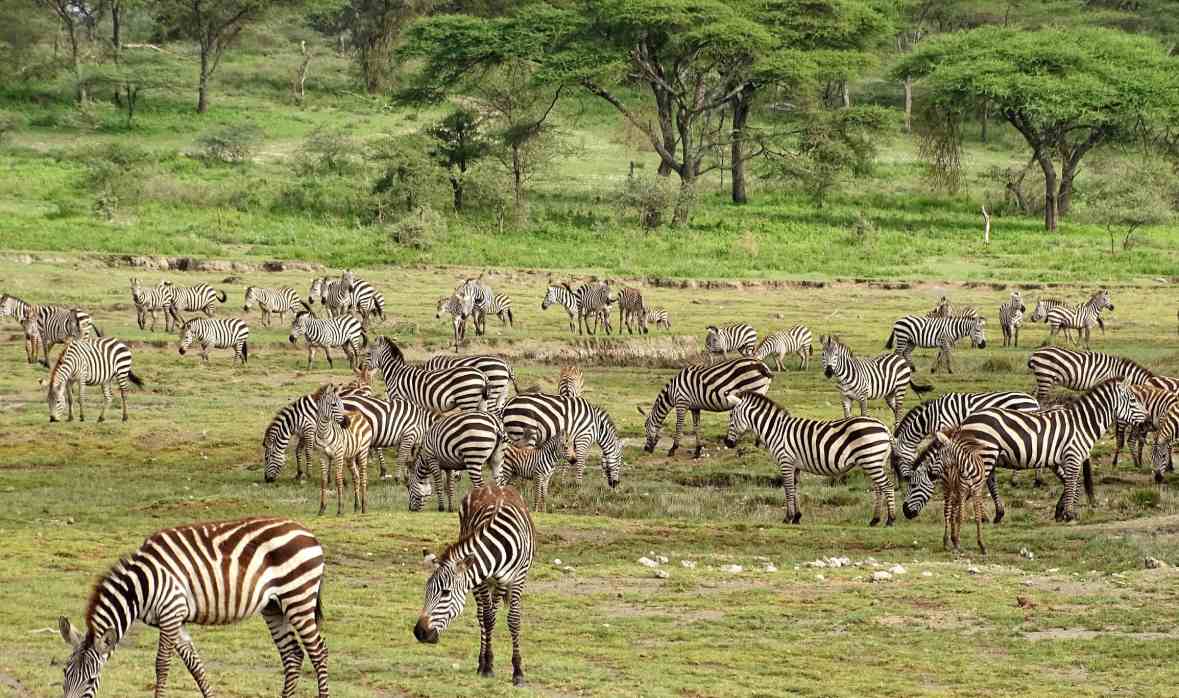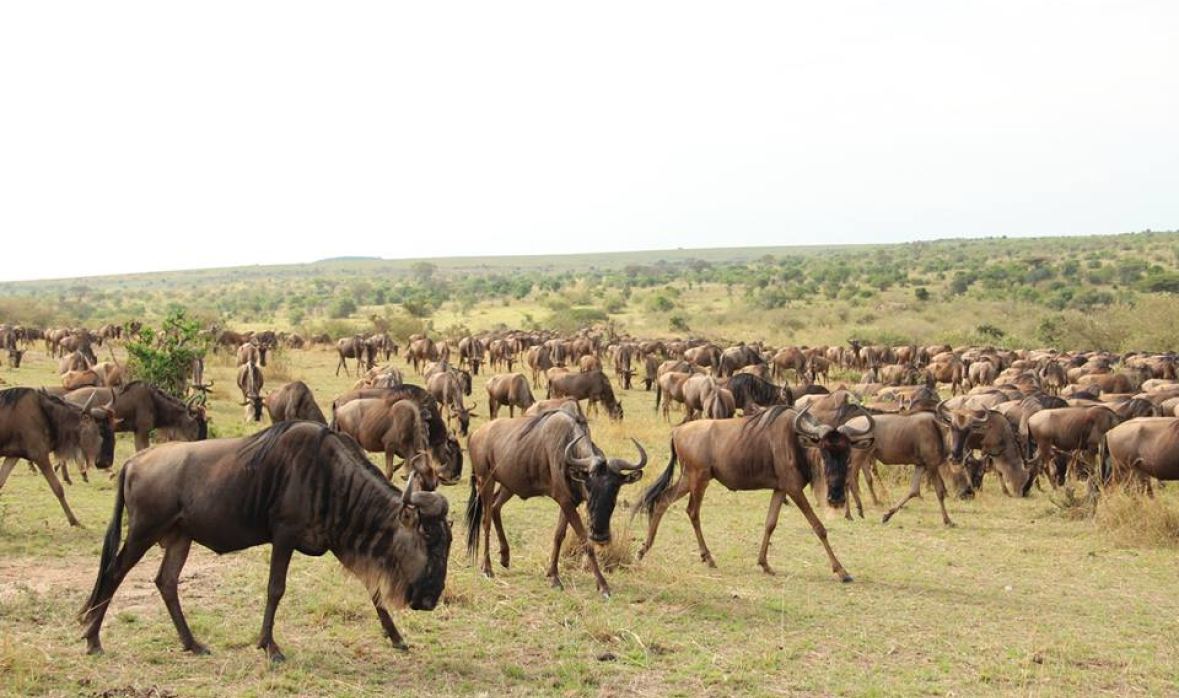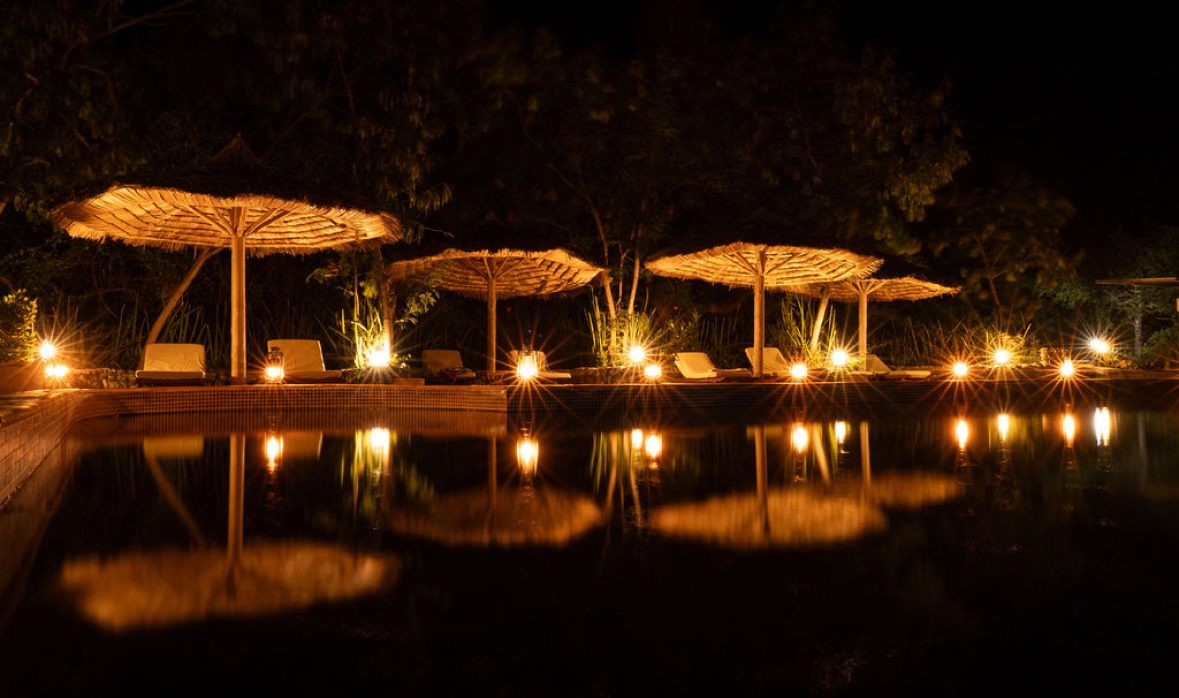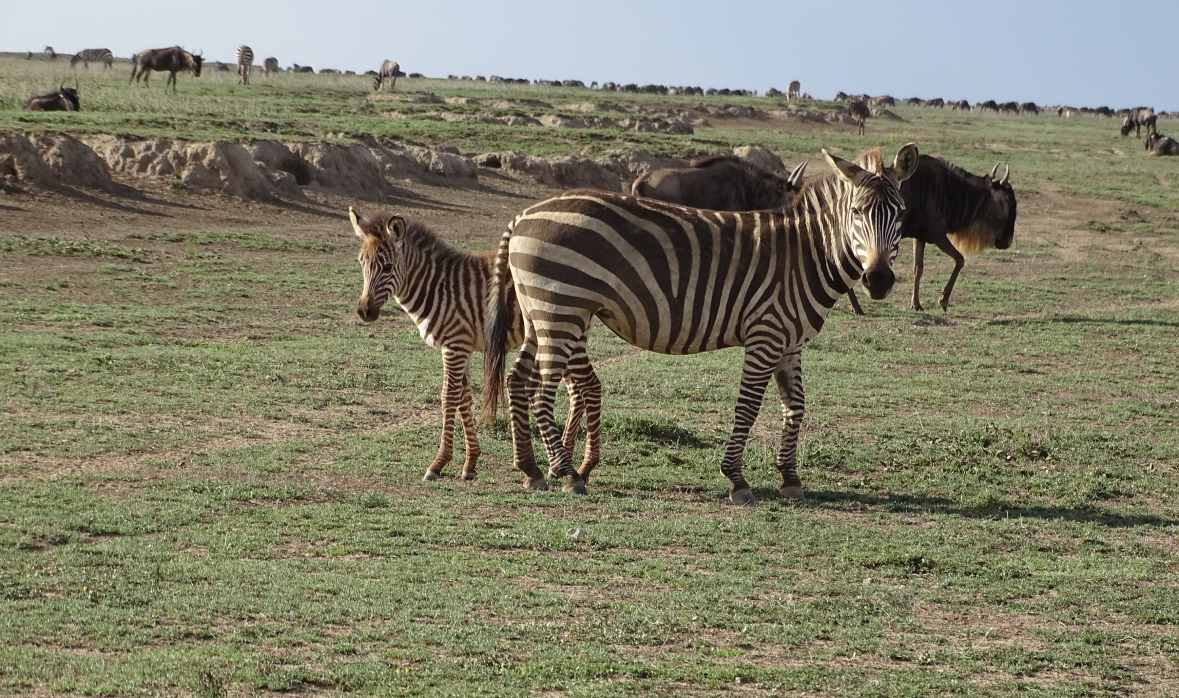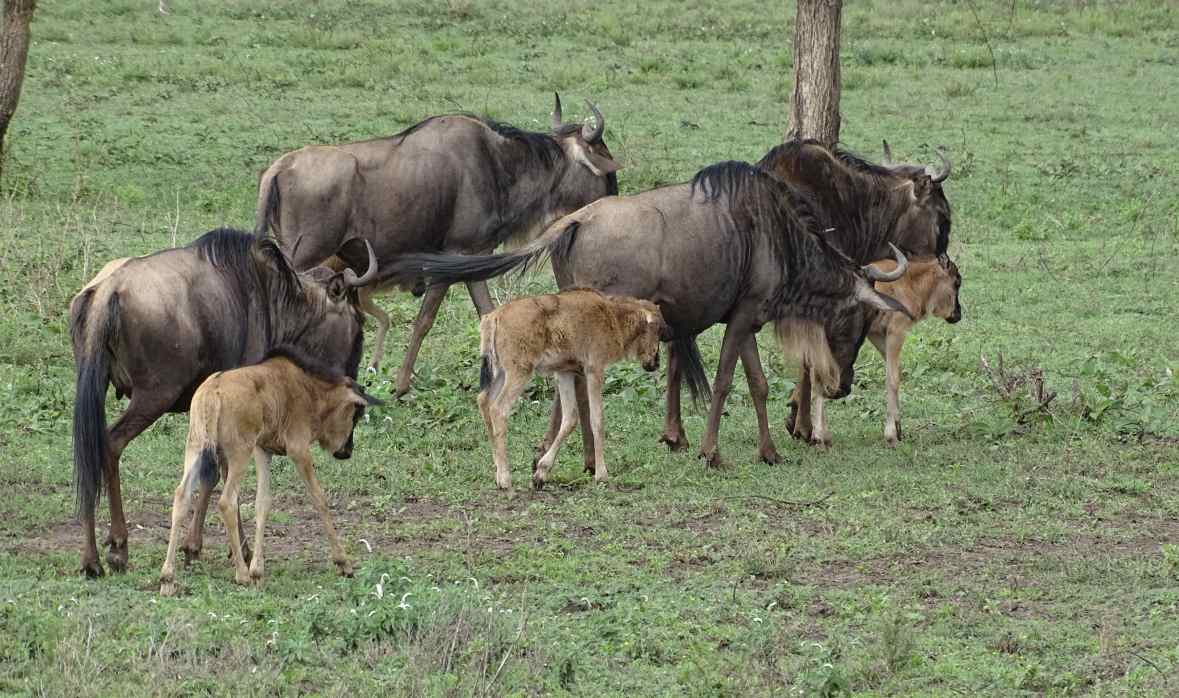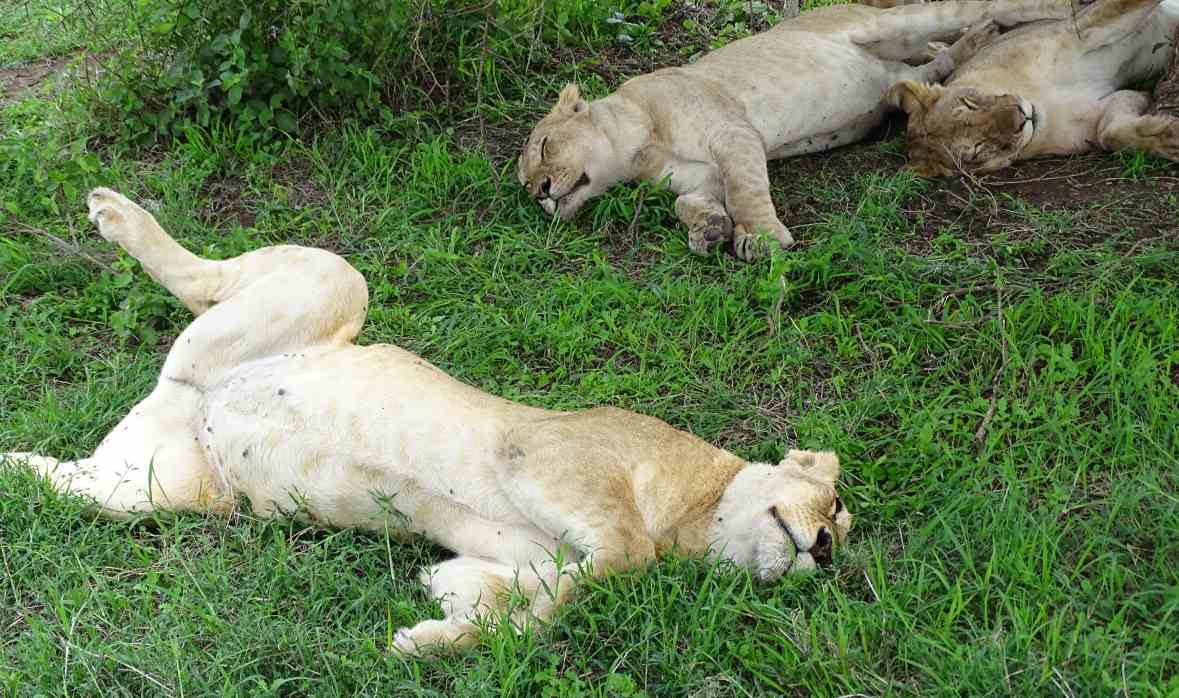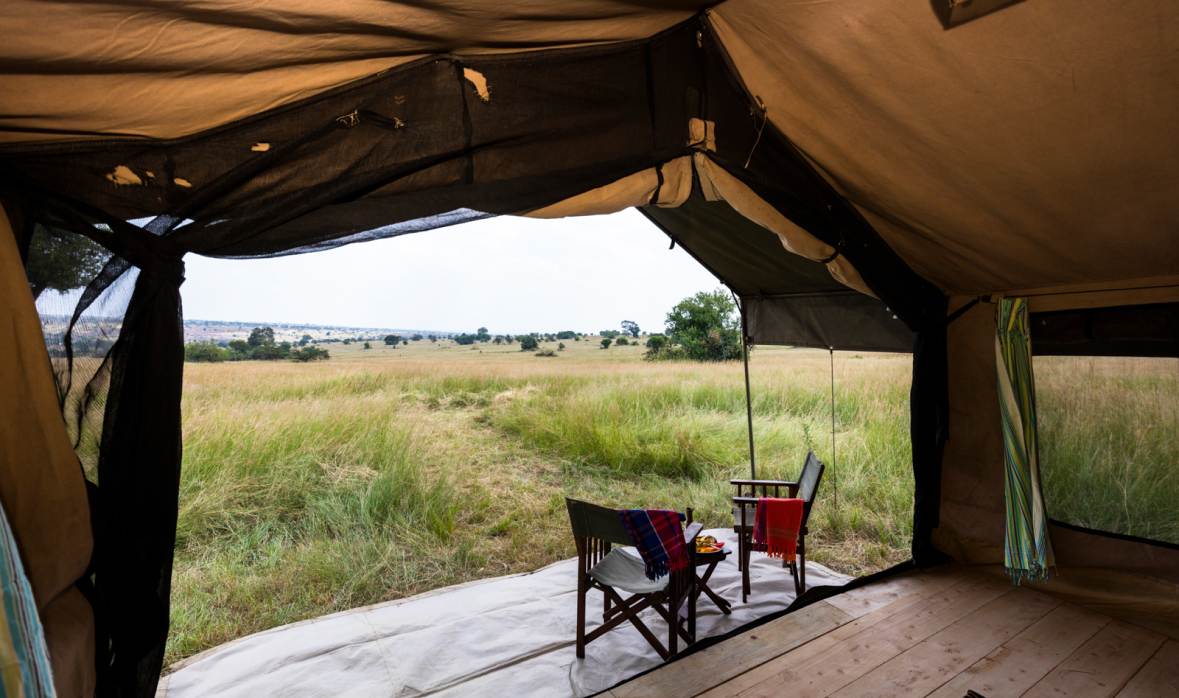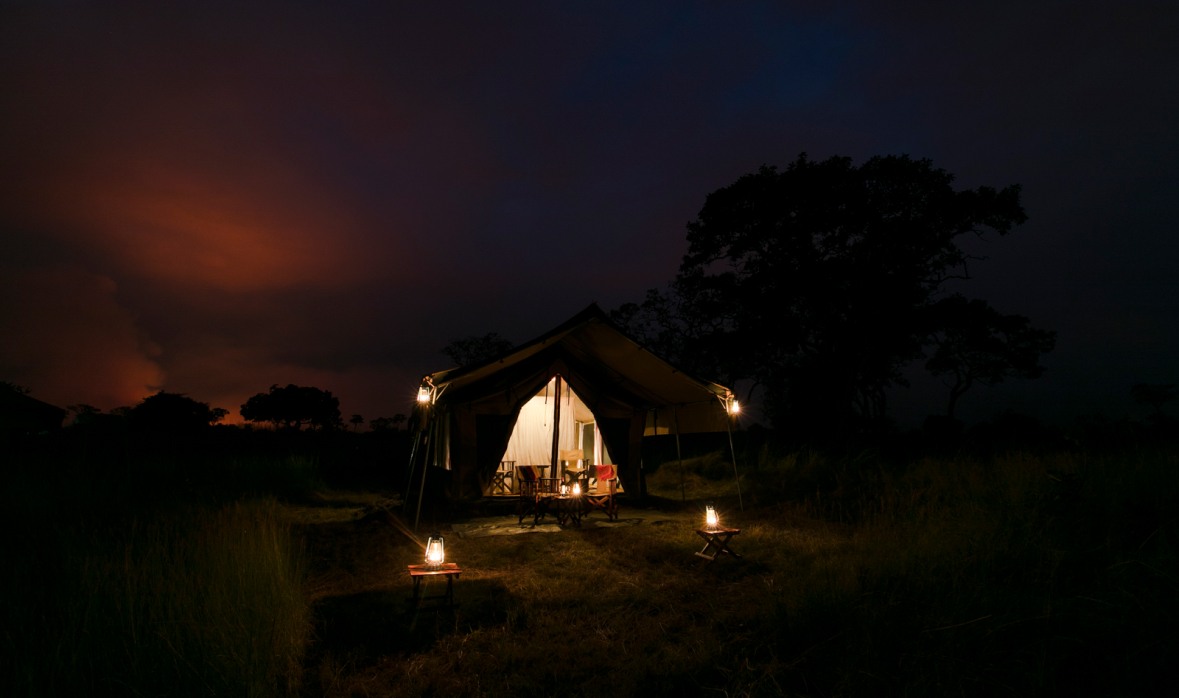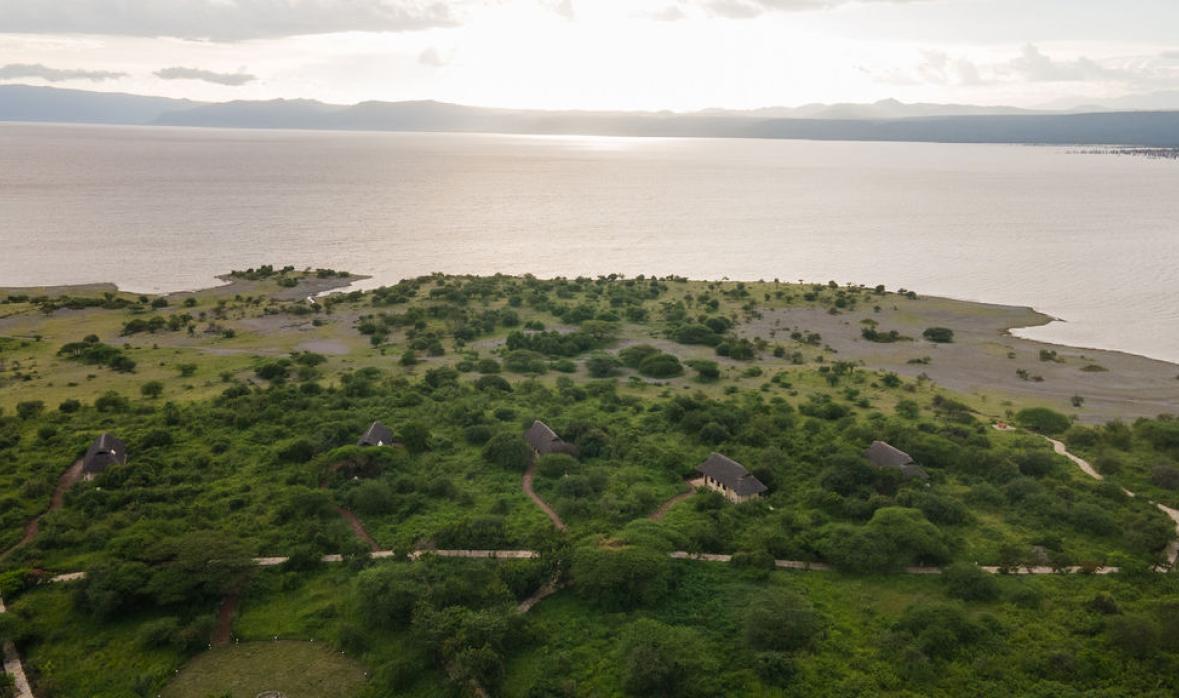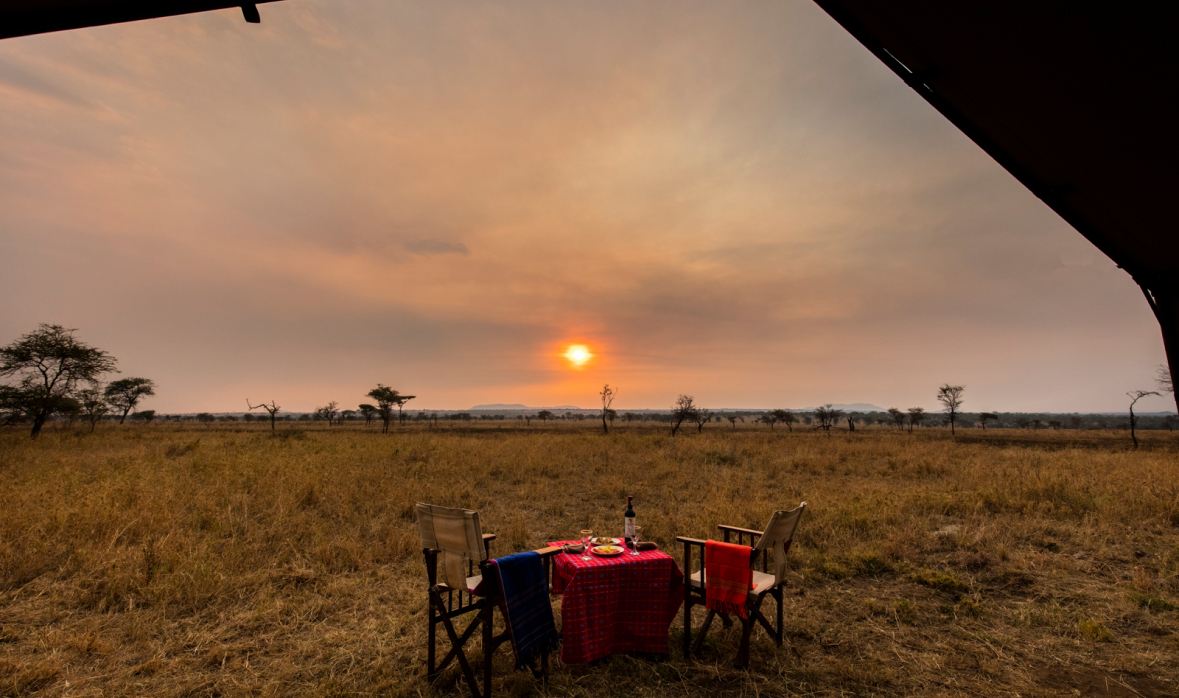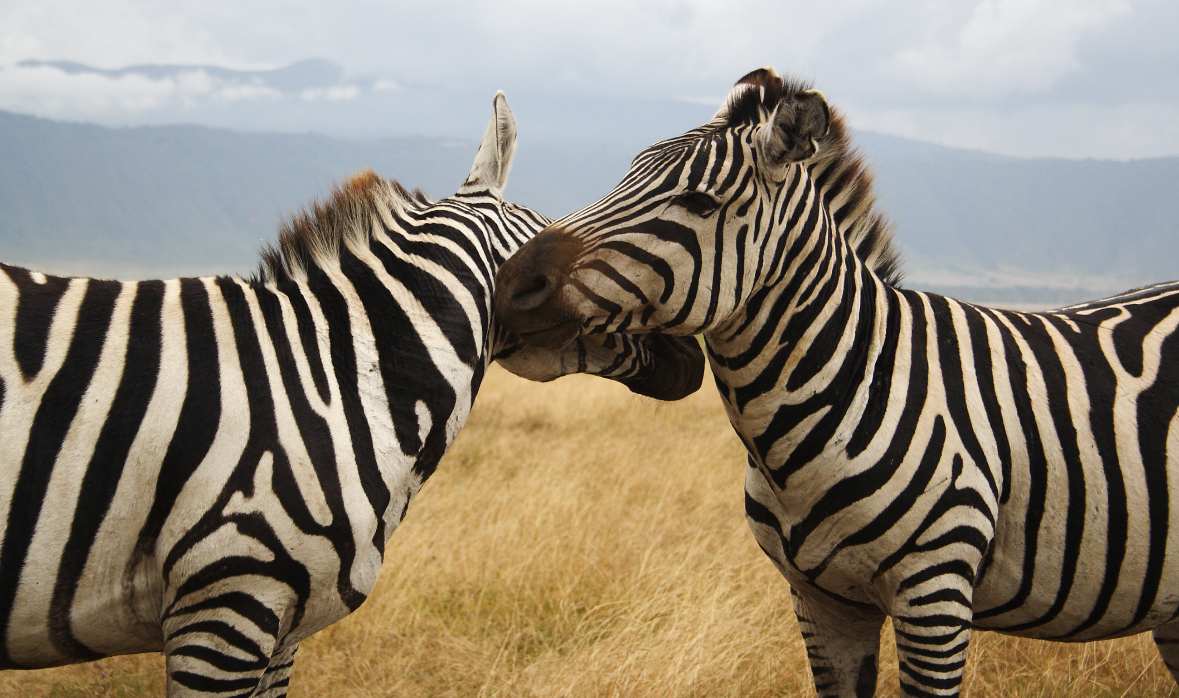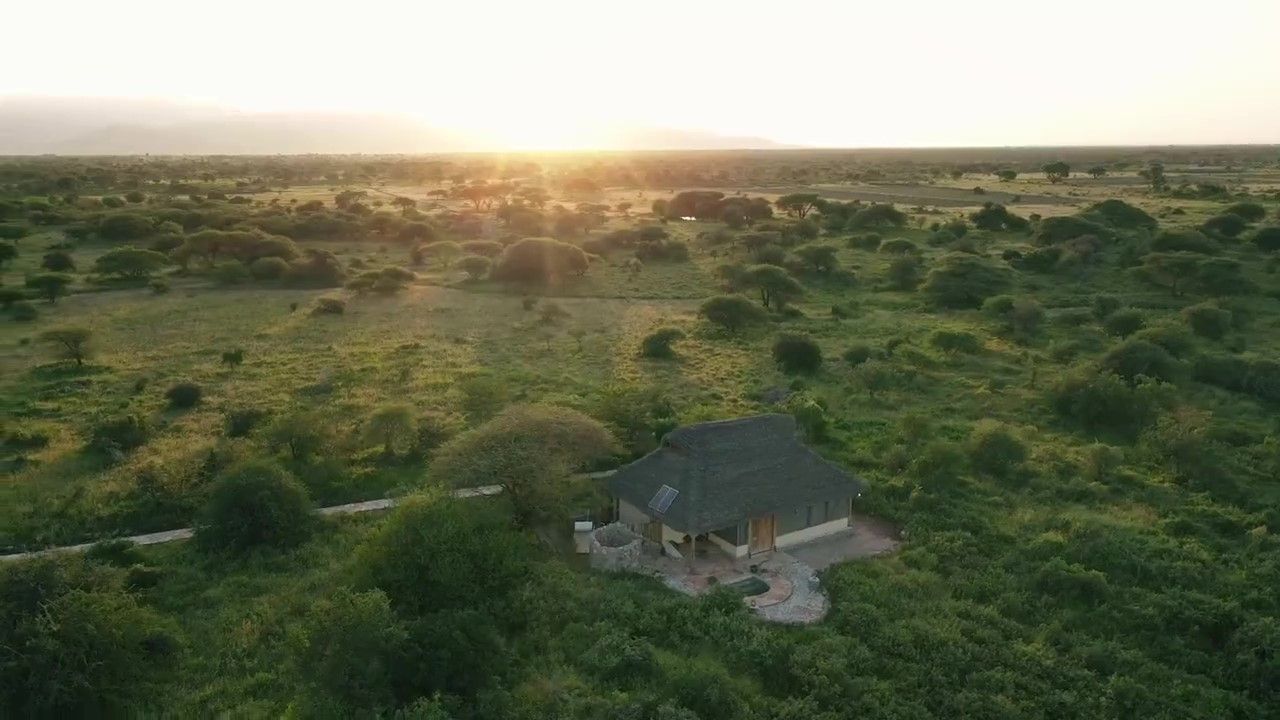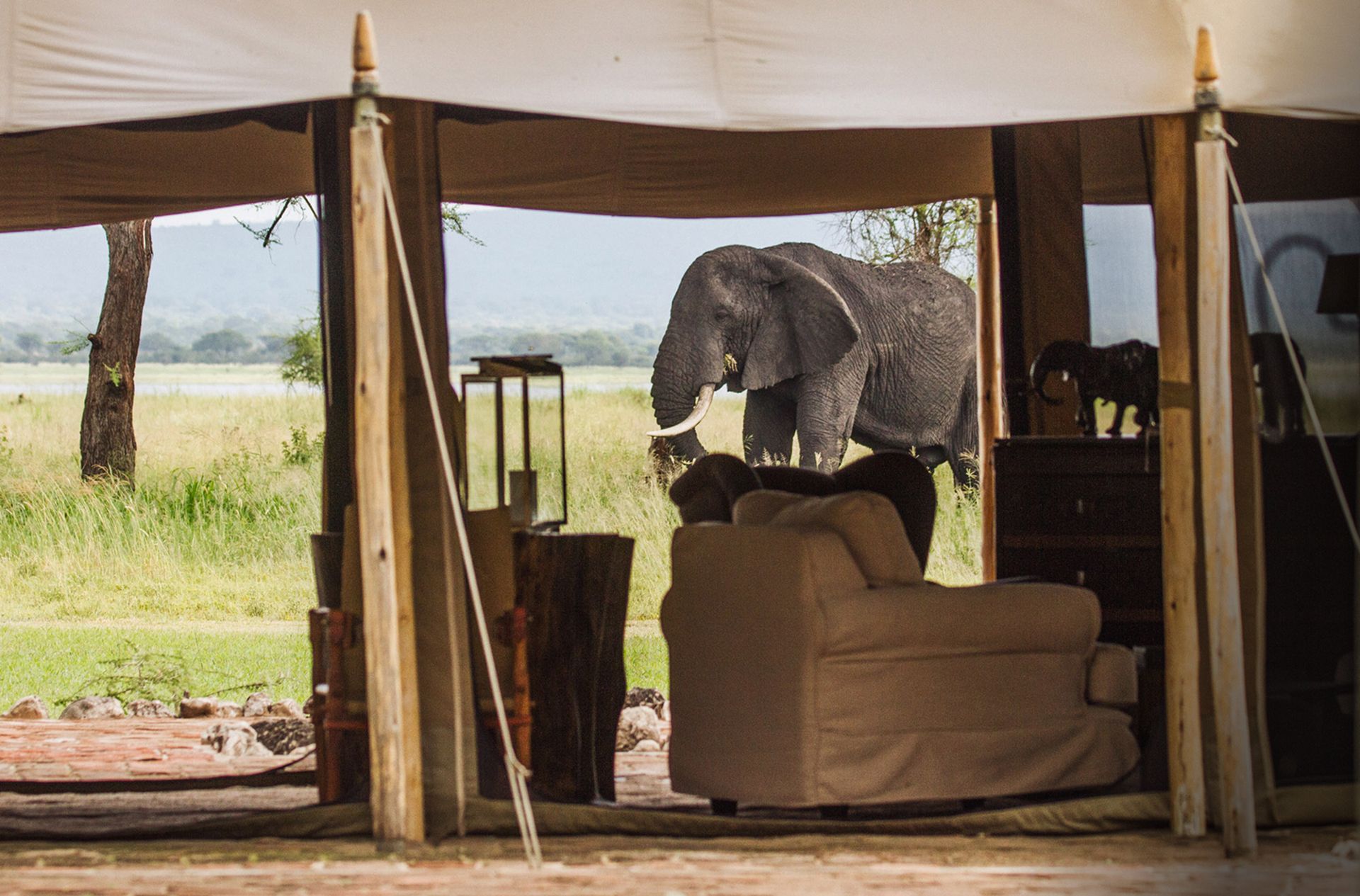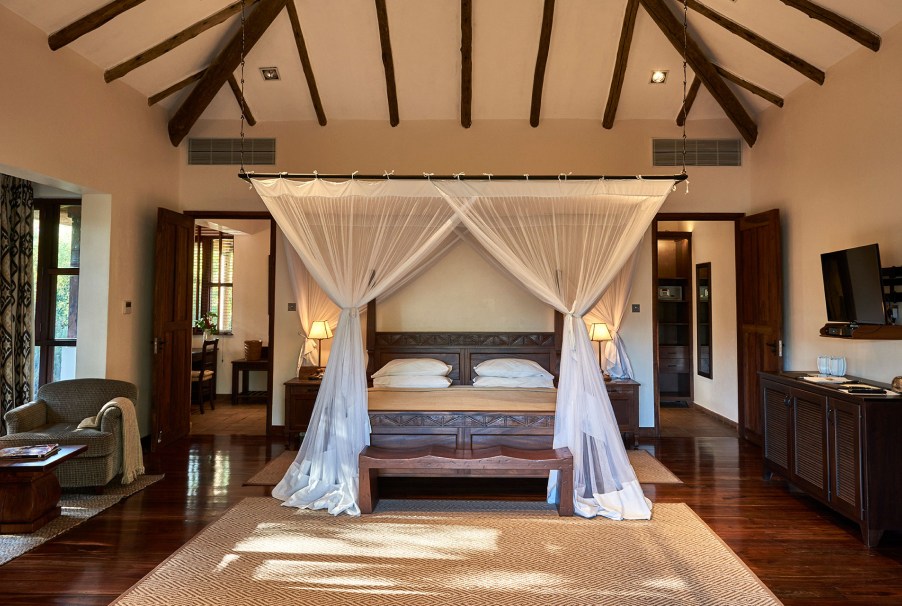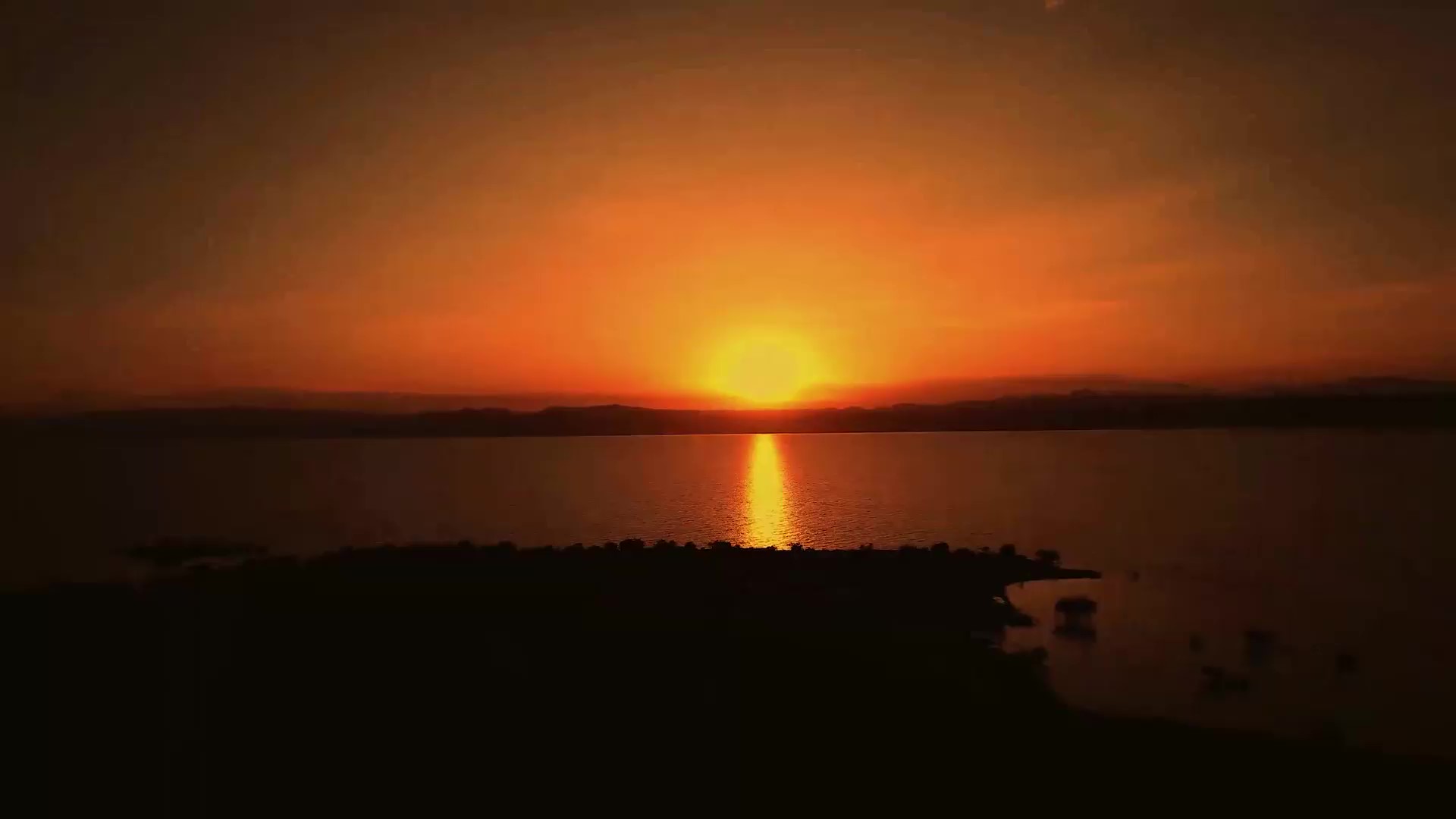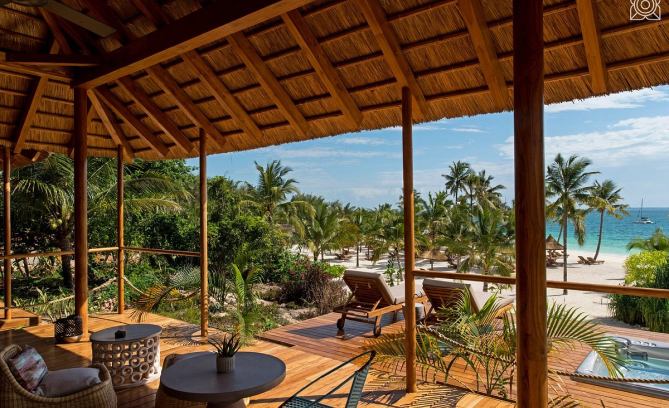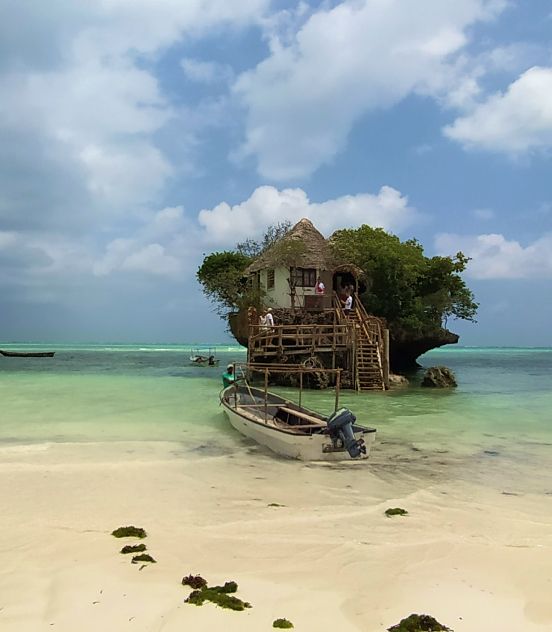The Cycle of Life in Ndutu
From January to March, the herds of the Great Migration gather in the Ndutu region in the southern Serengeti. The most stunning locations in northern Tanzania at this time of year.
Overview
This trip allows you to discover the most beautiful places in northern Tanzania, particularly suitable for observing the Great Migration and the births at this time of year. You will explore Lake Manyara National Park and Ngorongoro Crater, but will especially enjoy the Ndutu region, which is undoubtedly the ideal place to observe this unique natural phenomenon.
January to March
7 days
From age 5
A breathtaking moment
From January to March, over 1.3 million wildebeest and over 600,000 zebras gather in the Ndutu region for the calving season. The environment is lush and green thanks to the abundant seasonal rains that nourish the area.
Predators, such as big cats, are also present, making this period a spectacular time to watch.
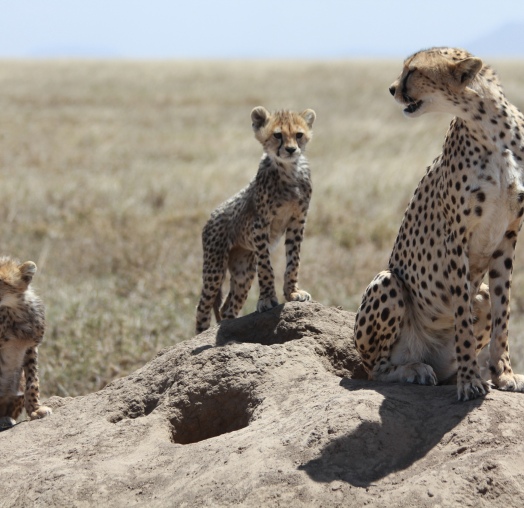
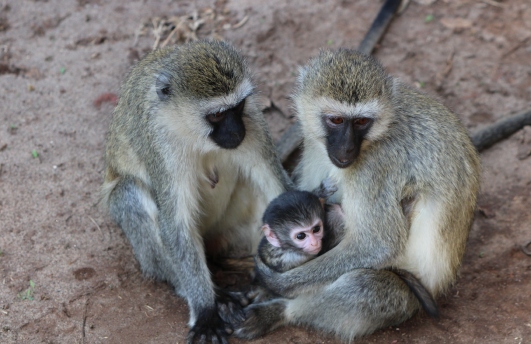
Your highlights
The Cycle of Life
The view of herds completely covering the plains of Ndutu Ndutu with their young is unique in the world.
Cheetahs
The Ndutu est très prisée par les guépards. Ouvrez l'œil car vous aurez de bonnes chances d'en observer.
TWO ACCOMMODATIONS
We offer an itinerary with only two accommodations for more comfort and less time on the road.
AT YOUR OWN PACE
Your trip is private and you are free to organise your days at your own pace. Each evening, you will check in with your guide towards the next day's journey.
Itinerary
details
Browse through our tour and contact us to tailor it to your travel needs.
Day 1: Arusha – Lake Manyara
Accueil à l'aéroport, à l'arrivée de votre vol, par votre arrival, you will be met by your English-speaking guide.Climb aboard your private 4×4 vehicle which will be yours for the entire stay. Drive 4×4 privatif qui sera le vôtre pendant tout le séjour. Route pour rejoindre directement les bords du lac Manyara et vous sentir dès le premier jour, dans le cœur de la Tanzanie face à la vallée du rift. Installation dans votre lodge de charme en plein milieu du bush pour 2 nuits.
Oremiti Lodge
Private 4x4 vehicle
Day 2: Manyara Safari Park
Journée complète de safari en 4×4 dans le the Manyara National Park à 15 minutes seulement du lodge Oremiti. Le midi pique-nique à l'intérieur du parc. Picnic at noon inside the park. Will you be lucky enough to spot lions in the trees?
Oremiti Lodge
Private 4x4 vehicle
Day 3: Ngorongoro Crater Safari
Departure in the morning for the Ngorongoro crater véritable paradis d'Eden et journée de safari en 4×4 avec un déjeuner pique-nique dans le cratère le midi. Vous aurez peut-être la chance d'y croiser le Big 5.
Le cratère est classé au patrimoine mondial de l'humanité par l'Unesco. Il contient de l'eau douce et salée, savane et forêt et l'on y recense environ 100 animaux au km². Then drive to the Ndutu region.
Tented camp
Private 4x4 vehicle
Day 4: Migration safari in Ndutu
The day will be dedicated to the safari and observation of the Great Migration in the Ndutu region. Each year this migratory phenomenon concerns 3 animal species that move in infinite herds: more than 1.3 million wildebeest, 600,000 zebras and 400,000 gazelles follow, throughout the year, a circular migration in permanent search of new pastures.
The birthing period extends from the end of December to mid-March, the wildebeest remaining in the Ndutu region and in the grassy plains of Salei, south of the Serengeti, in the Ngorongoro Conservation Area. Note the significant presence of predators, such as lions, cheetahs and hyenas. The best place to observe the migration during this period is undoubtedly the Ndutu region.
Tented camp
Private 4x4 vehicle
Day 5: Migration safari in Ndutu
Seconde journée complète de safari en 4×4 dans la région de Ndutu dédiée à l'observation de la Grande Migration.
Tented camp
Private 4x4 vehicle
Day 6: Ndutu to Lake Manyara
Last morning in the Ndutu region and drive to the shores of Lake Manyara.
Oremiti Lodge
Private 4x4 vehicle
Day 7: Arusha or Zanzibar
Leave the lodge in the morning for Arusha town or Kilimanjaro airport. It is possible to continue this trip with an internal flight to the island of Zanzibar.
Private 4x4 vehicle
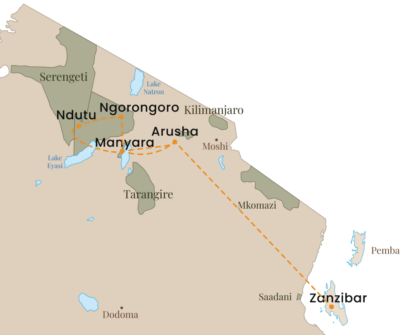
Our added value:
A tailor-made experience
An extra day? This itinerary can be modified according to your wishes, your availability and your budget. Our travel designers are on hand to help you build the safari of your dreams.
Their experience
The trip fulfilled our wishes : a 10-day safari in the great parks of northern Tanzania: Arusha, Manyara Tarangire / Ngorongoro / South Serengeti - Ndutu . We witnessed incredible scenes of animal life, the great migration of animals, newborns throughout the safari and very moving human encounters. Nos hébergements étaient au calme notamment dans des camps de toile au sein même des parcs dans une ambiance fabuleuse et d'un grand confort. Nous avons apprécié le sérieux et la qualité de l'agence, son constant respect de l'environnement et sa volonté d'aider les populations locales tout en respectant leurs coutumes. Perfect! Unforgettable! To do again!
Jacqueline
More information
Oremiti Lodge
Oremiti Lodge is a charming retreat on the shores of Lake Manyara. The lush vegetation, the diversity of birds and butterflies, the sunset and the view of the Rift Valley from the swimming pool are simply unforgettable!
- Room for up to 6 people
- Pool facing the Rift Valley
- Several dining areas
- Lodge on a more intimate scale
- View of Lake Manyara
Tented camp in Ndutu
The great plains of Ndutu welcome you in superb canvas tents, furnished for your utmost comfort: large sleeping area (family tent for up to 5 people), shower room and toilets. You will have an aperitif while admiring the sunset and will follow an incredible dinner in such a remote place.
- The comfort of a hotel at the heart of wilderness
- A camp on a human scale
- Inside the park
- Lodge on a more intimate scale
- Tented restaurant
- Family rooms
The price of a safari in Tanzania depends on the number of participants, since certain costs, such as the vehicle, are shared.
The season is also important, and there is a significant difference in price between high and low season.
We invoice in US Dollars, so please be aware of the conversion rate.
The season is also important, and there is a significant difference in price between high and low season.
We invoice in Dollars US, so please be aware of the conversion rate.
This trip starts at US$3,100 per person for 2 participants in a double room, in low season.
THE PRICE INCLUDES
- Full service from day 1 to departure transfer
- The entire safari in a private 4×4 Toyota Land Cruiser or Nissan vehicle equipped with radio, water cooler, fridge and sunroof, with a English-speaking guide.
- Full board basis for meals
- Government park entrance fees
- Our assistance throughout your stay
THE PRICE DOES NOT INCLUDE
- Flights
- Visa fees
- Insurance
Manyara National Park
Manyara National Park contains a hippo pool and tropical forest, with volcanic soil and a salt lake.
Look out for:
Giraffe - Zebra - Hippopotamus - Lion - Baboon - Birds including ibis, jacanas and flamingos.
Ngorongoro crater
The Ngorongoro Crater contains fresh and salt water, savannah and forest and there are around 100 animals per km2.
Look out for:
Lion - Zebra - Wildebeest - Hyena - Buffalo - Rhinoceros
Ndutu Conservation Area
The Ndutu region is not a national park but a conservation area. The Maasai live here in cohabitation with the animals.
Look out for:
Cheetahs – Lions – Wildebeest – Gazelles – Zebras
You can choose to further extend your stay in Tanzania by flying to the Island of Zanzibar. This itinerary pairs perfectly with a few days of seaside relaxation to complete the discovery of Tanzania. Eager for a fulfilling sporty adventure? Trust our teams of experts trained by French high mountain professionals and set off to climb Mount Kilimanjaro.
Frequently Asked Questions


How do I book?
Step 1
Choose a trip that inspires you from our catalog
Step 2
Contact us by requesting a quote on our website
Step 3
Personalize your experience with our travel designers
Step 4
Confirm your reservation and start packing!
